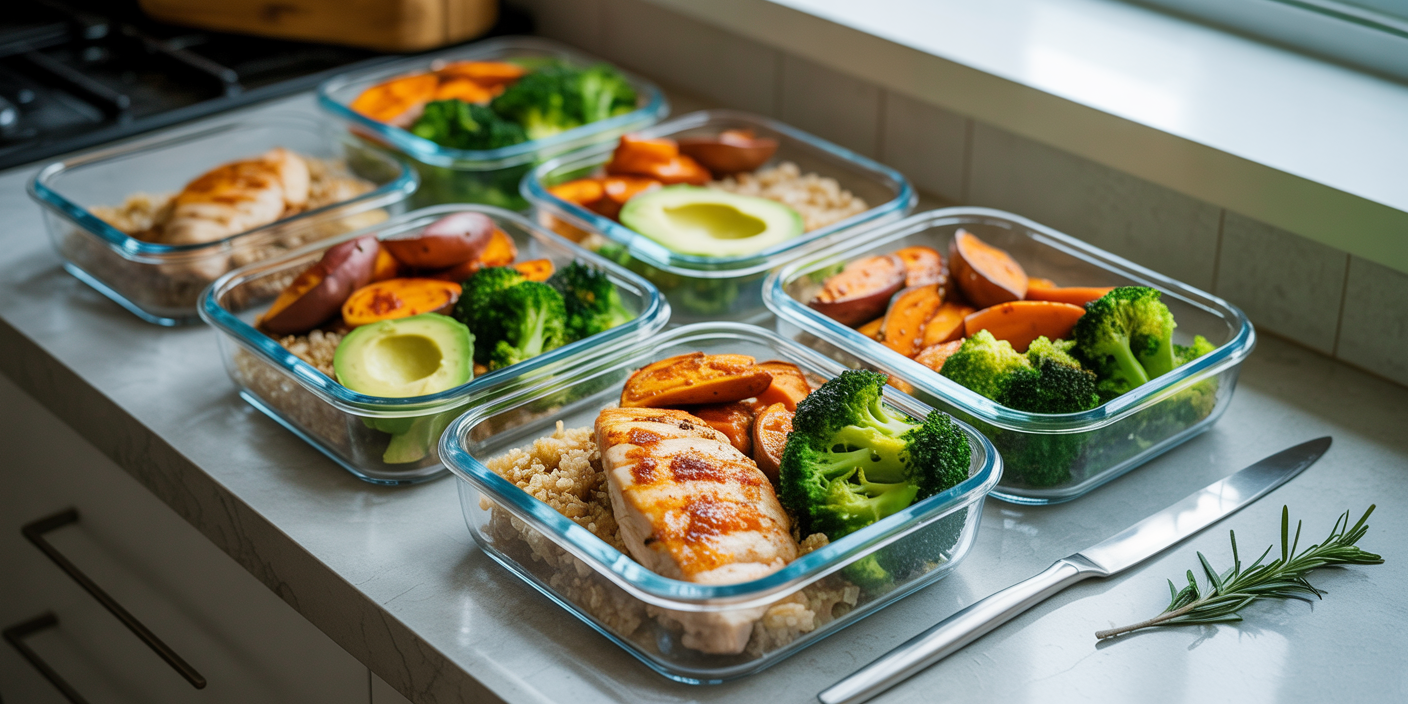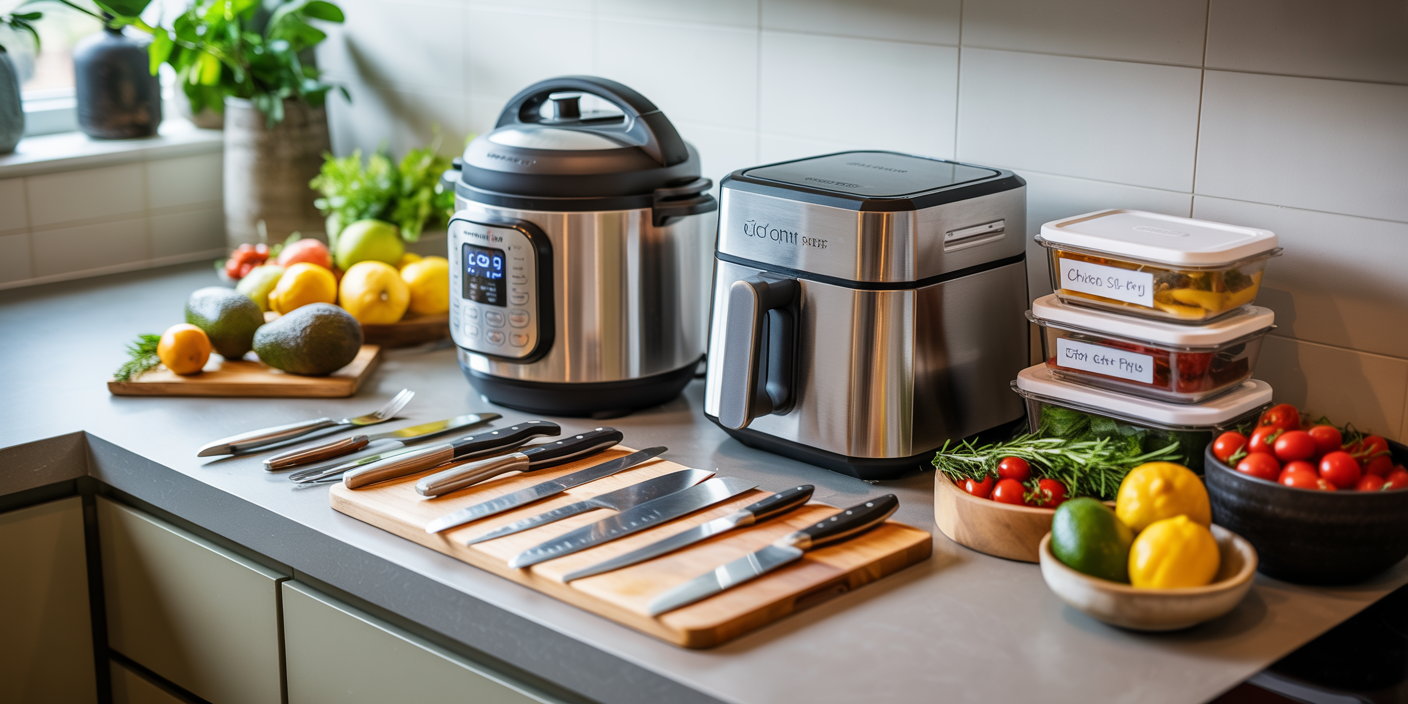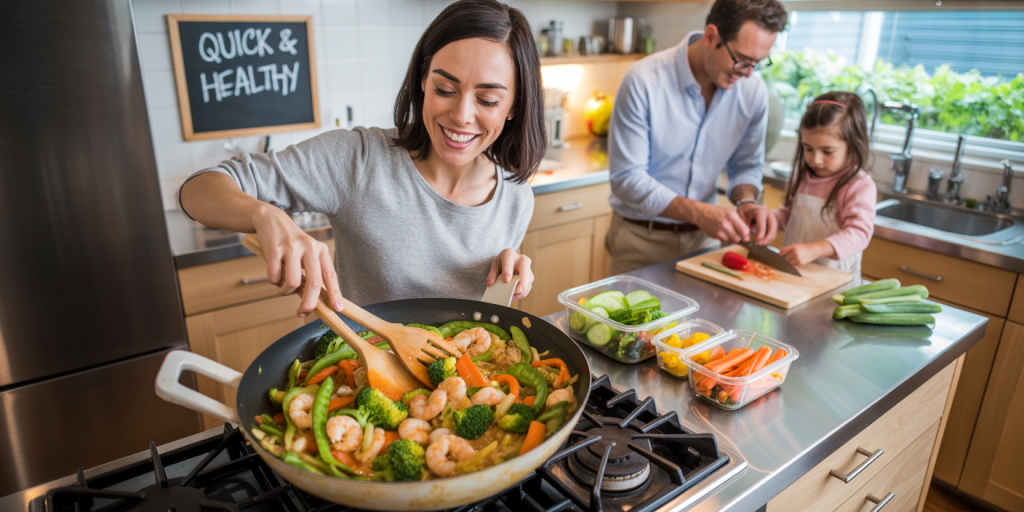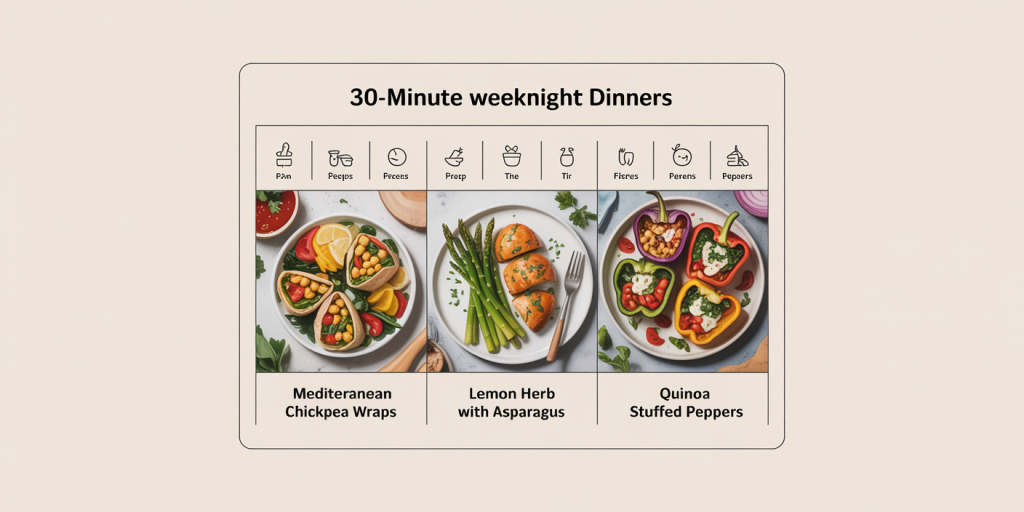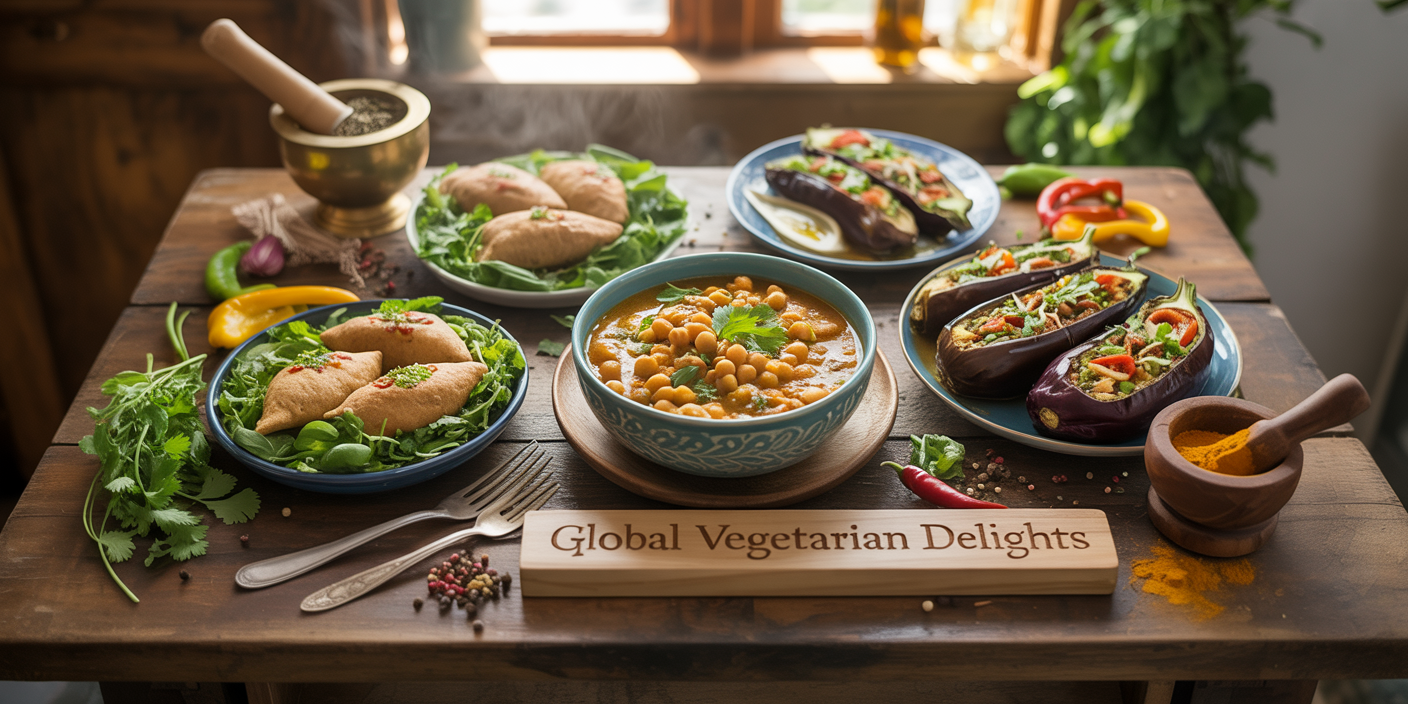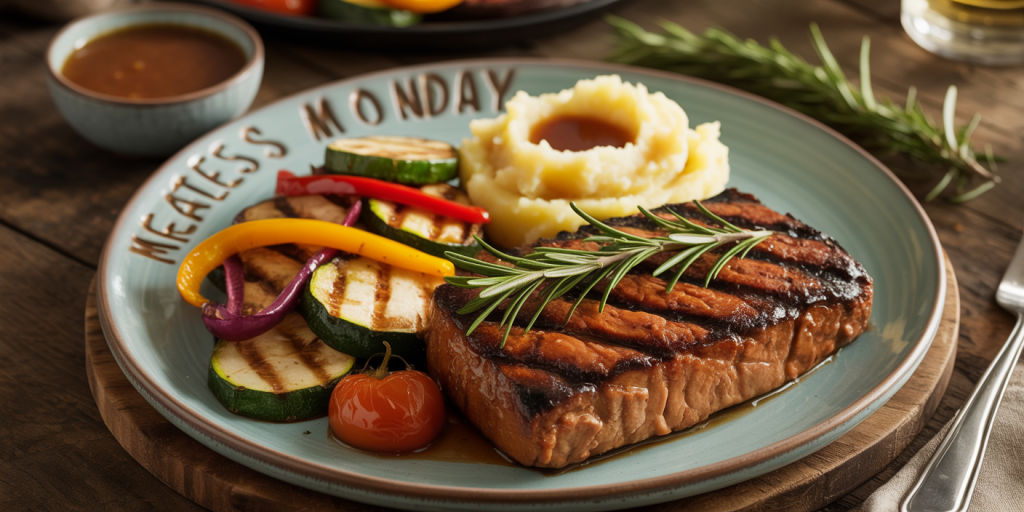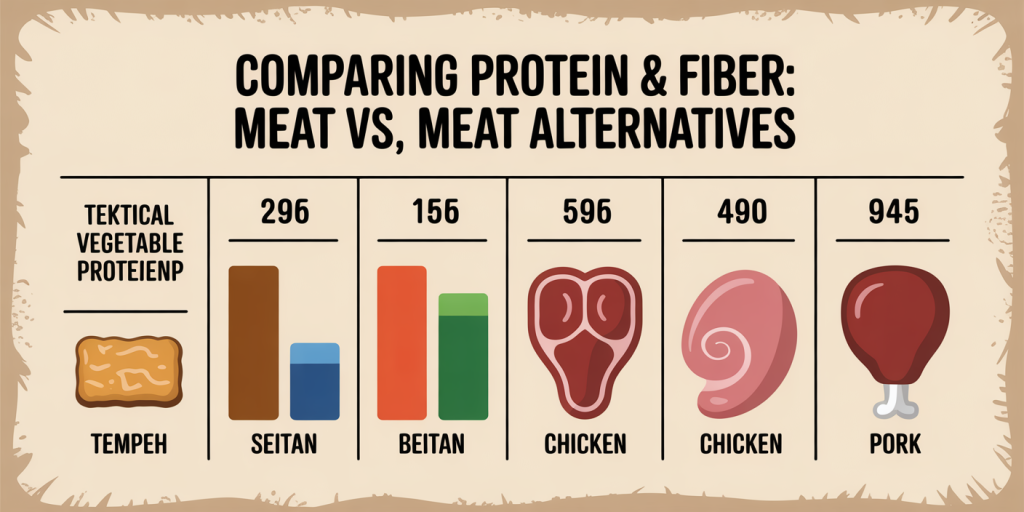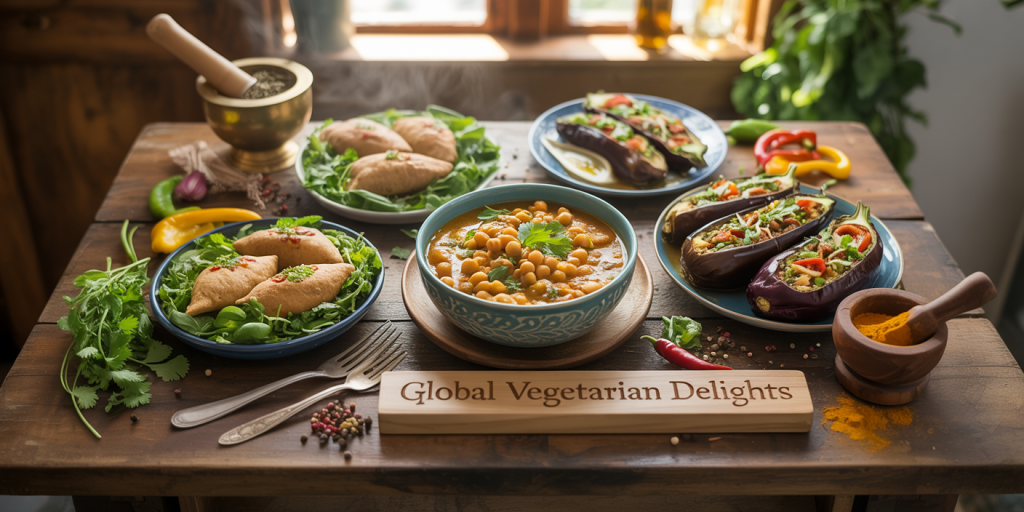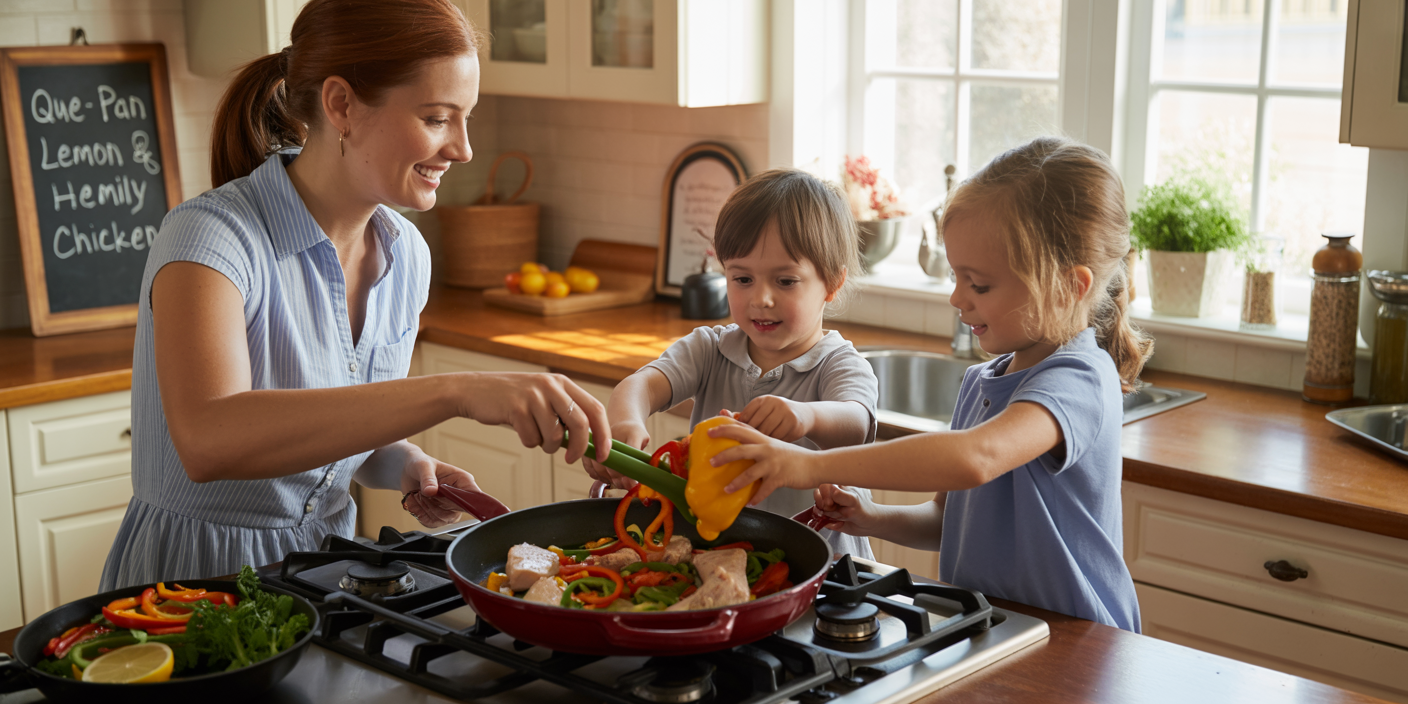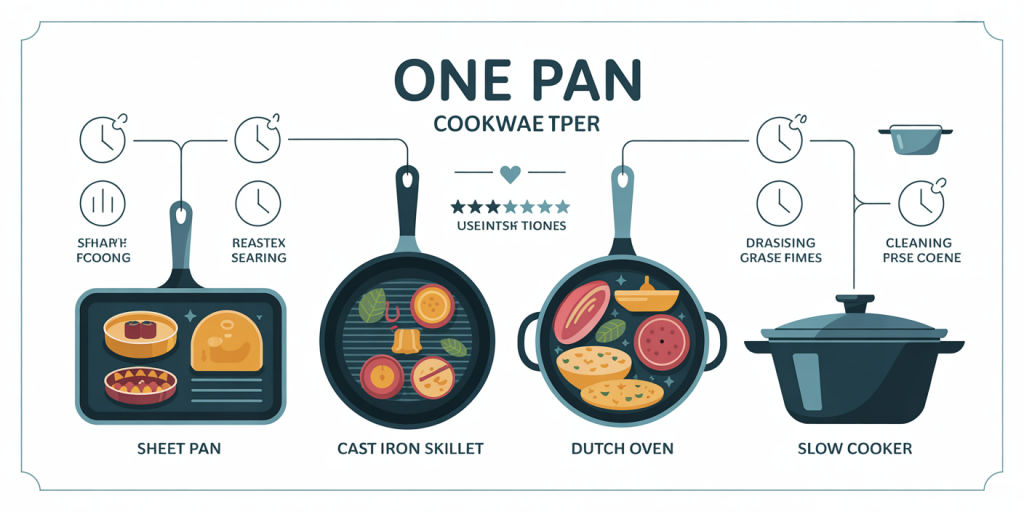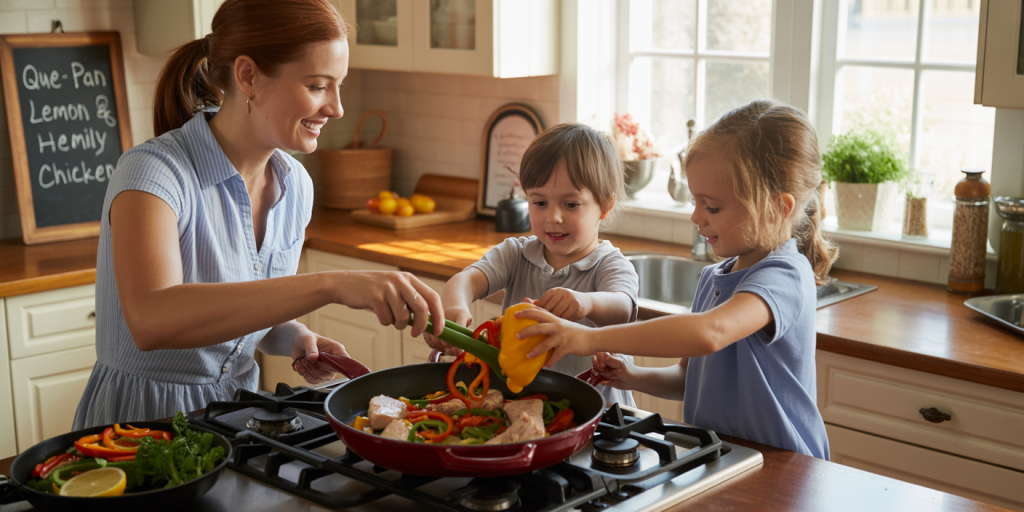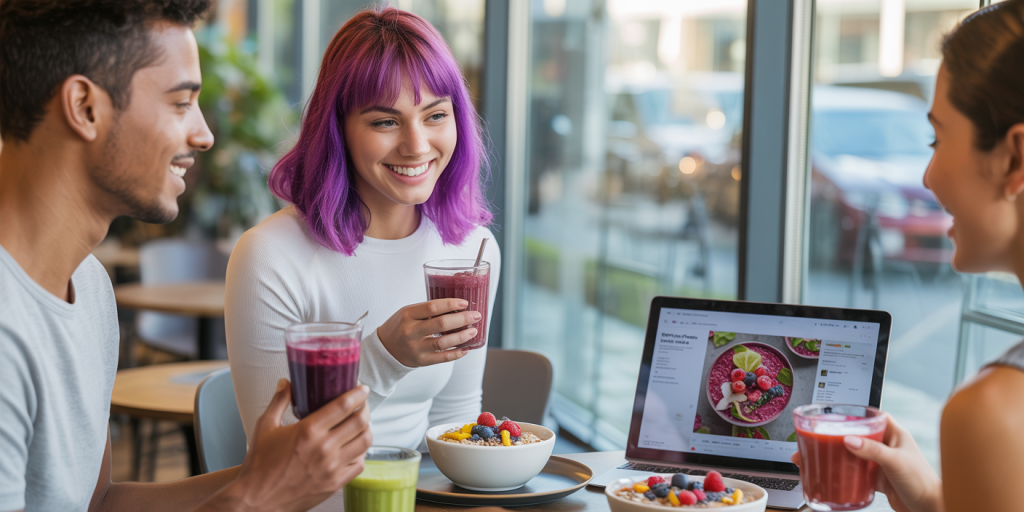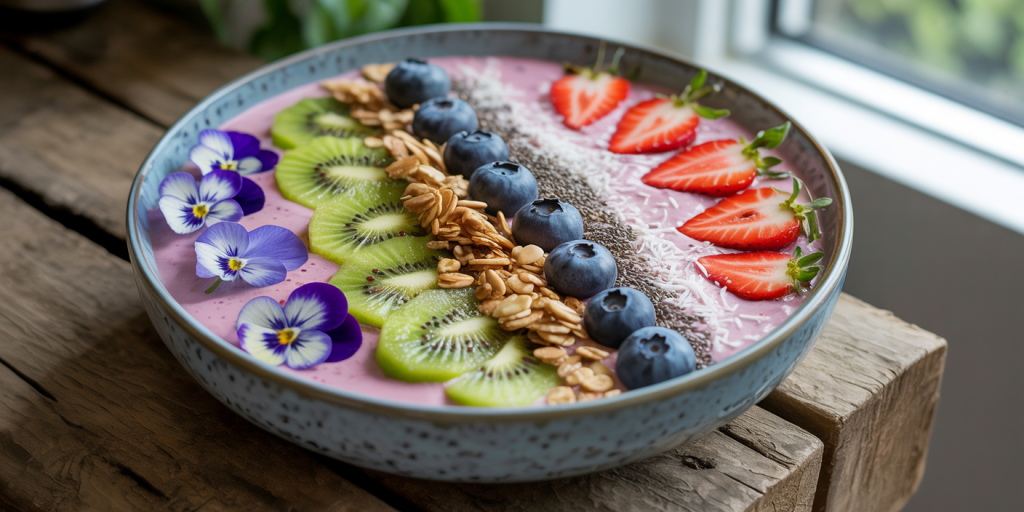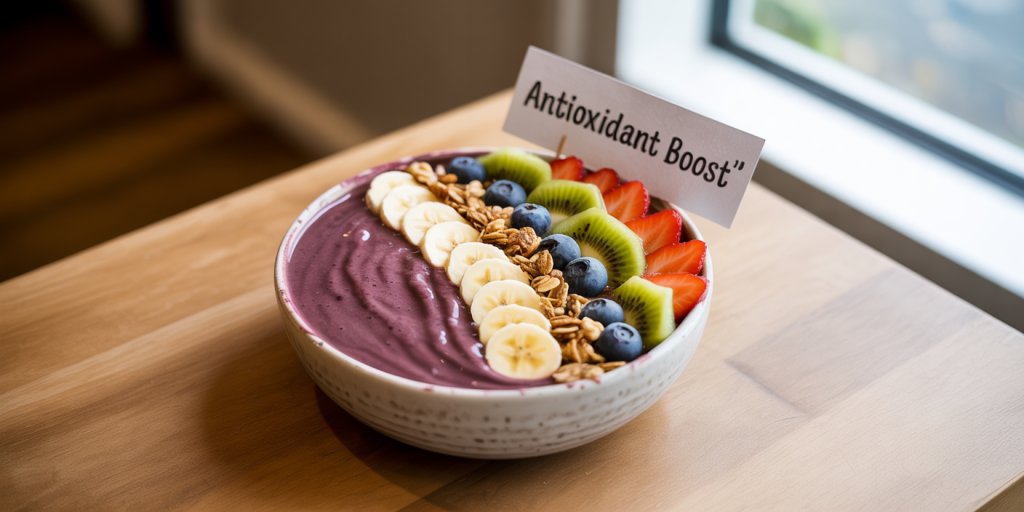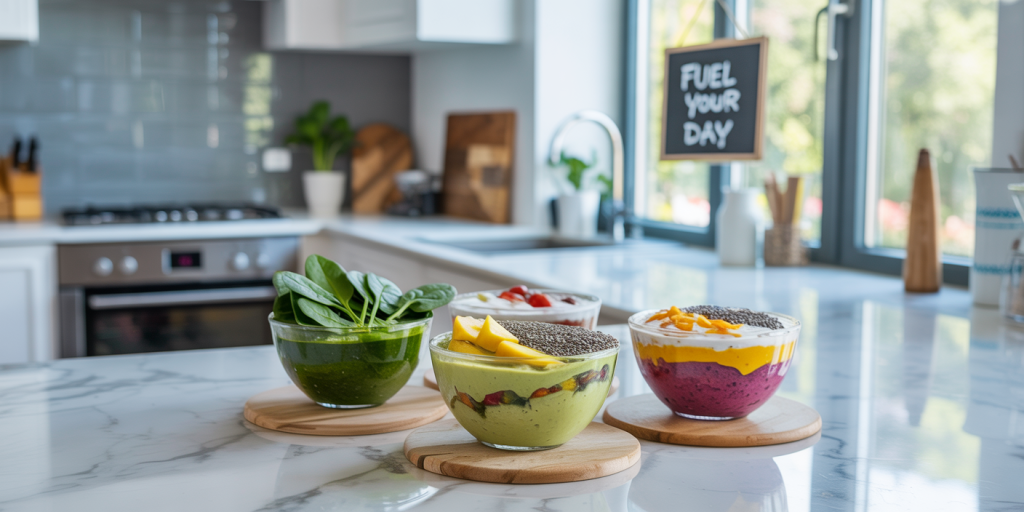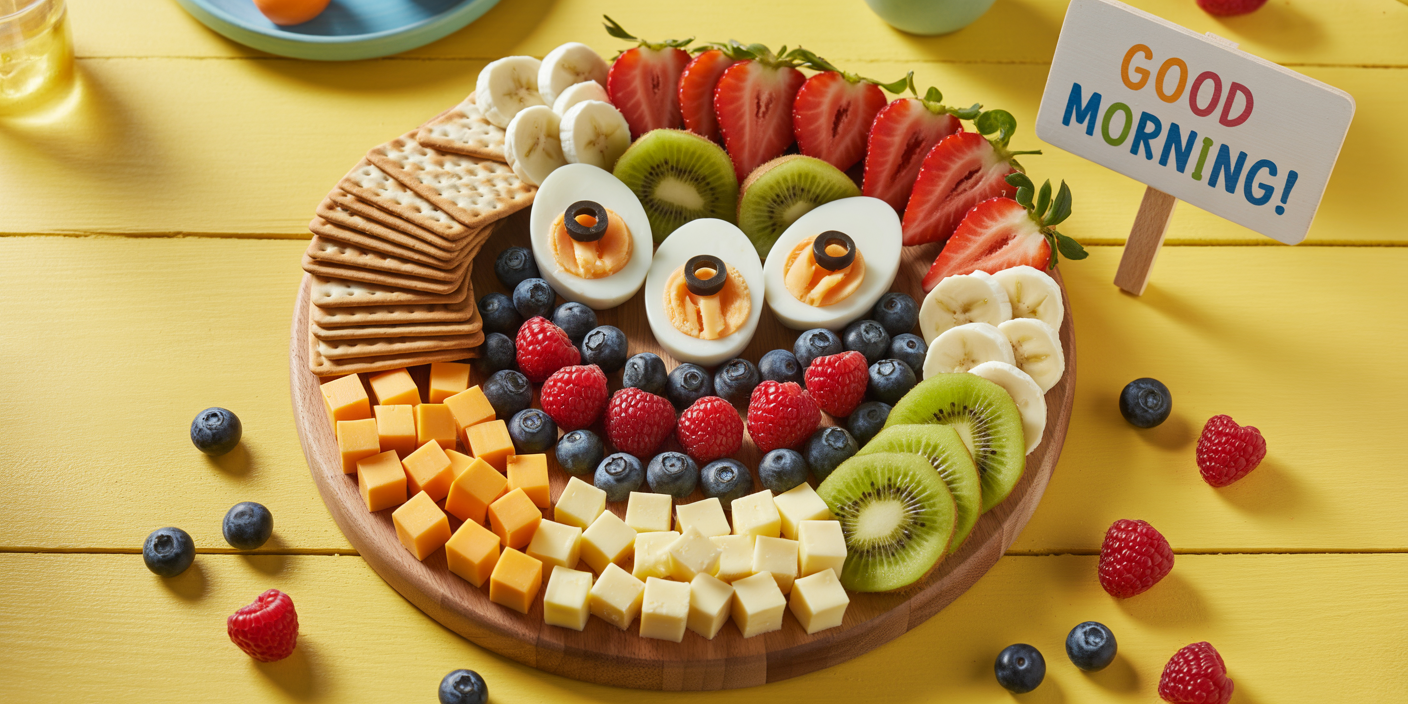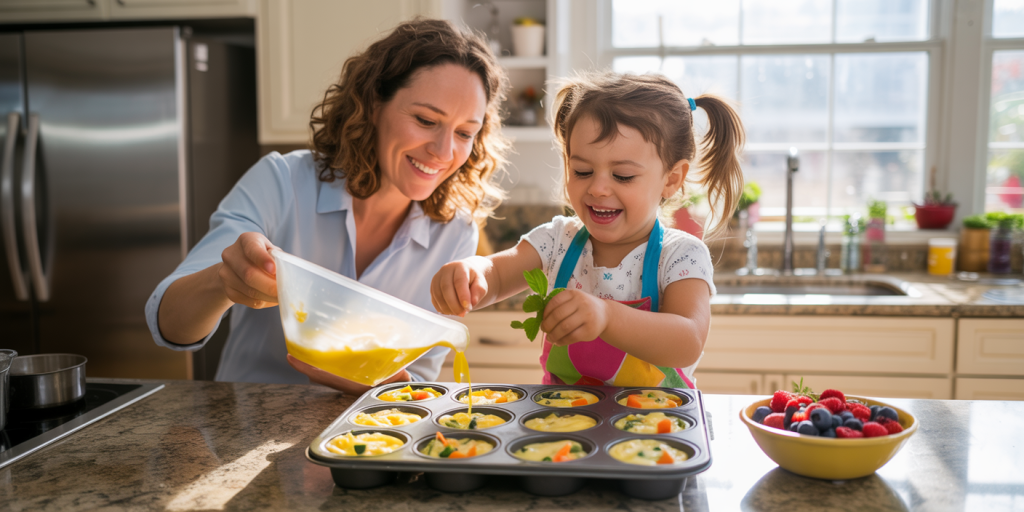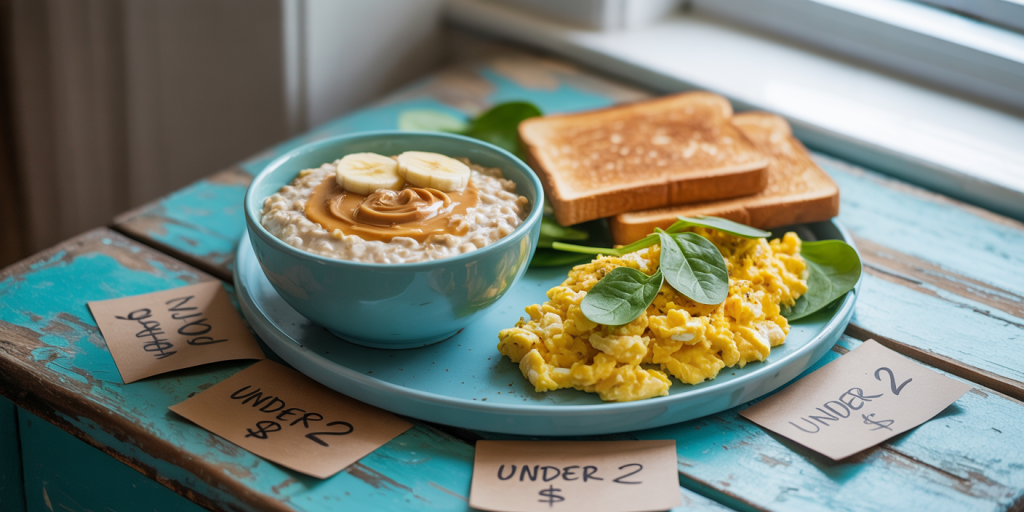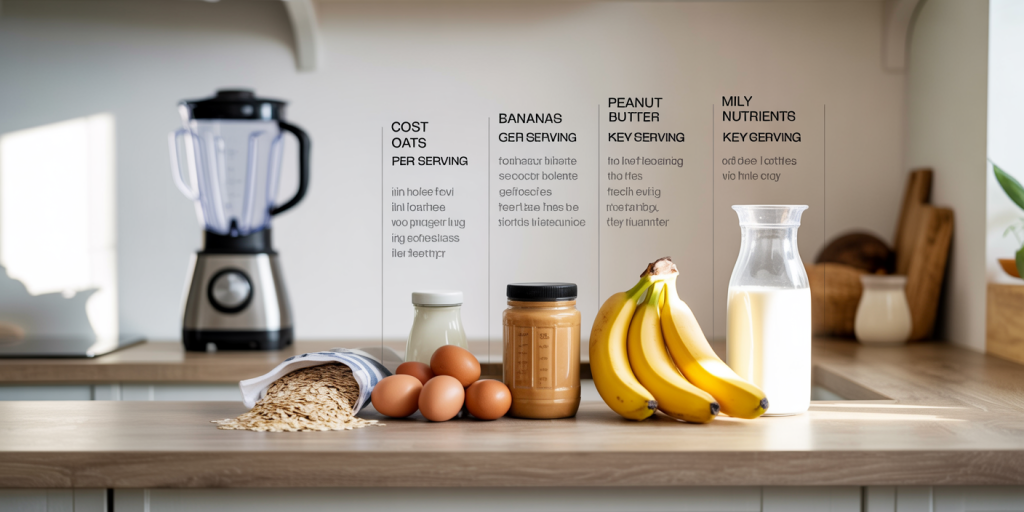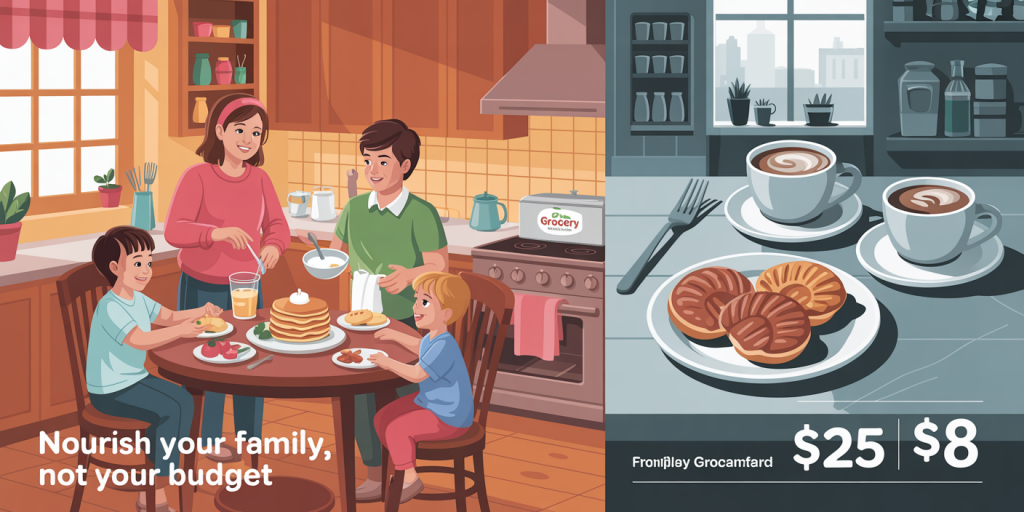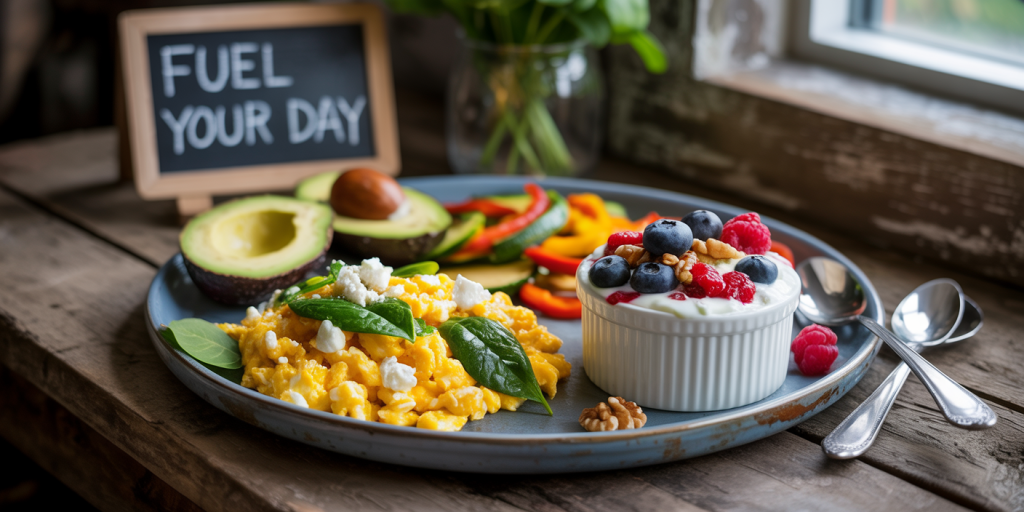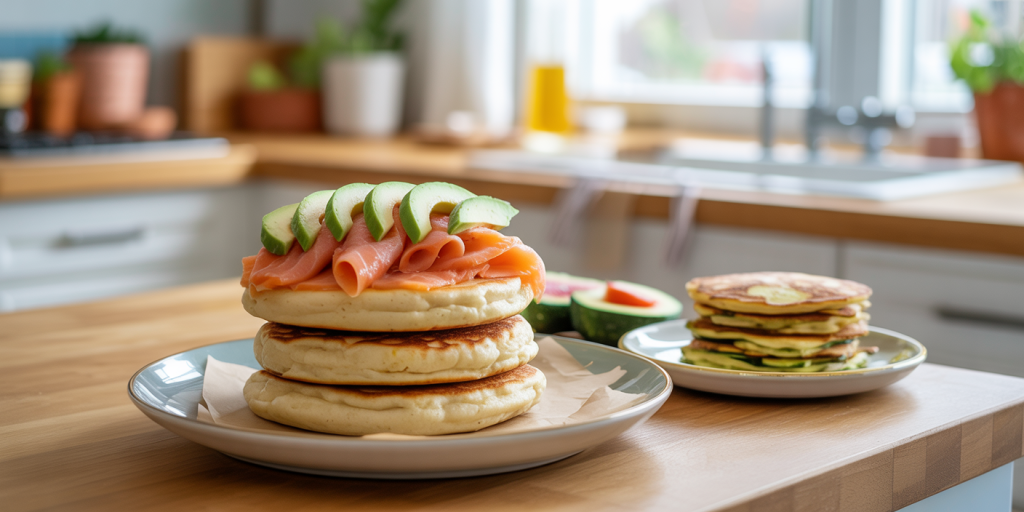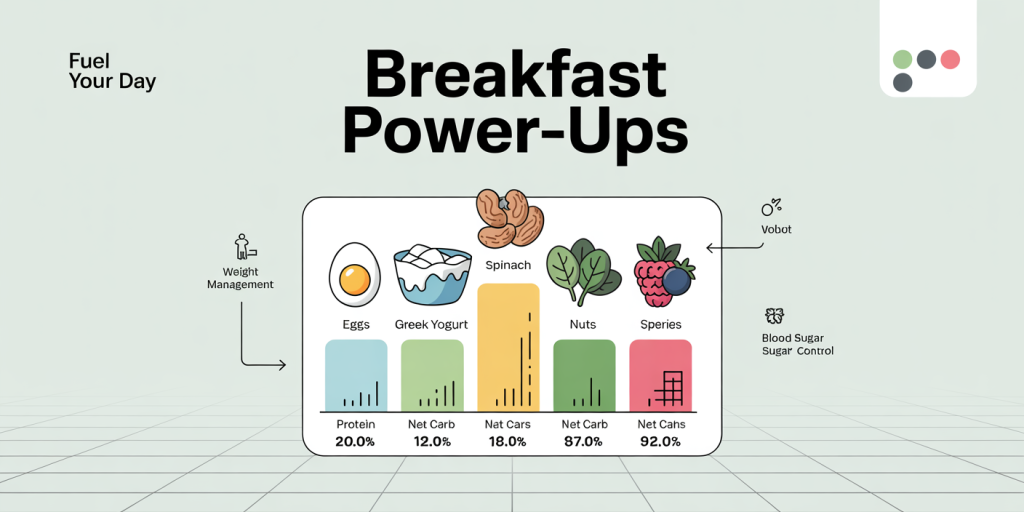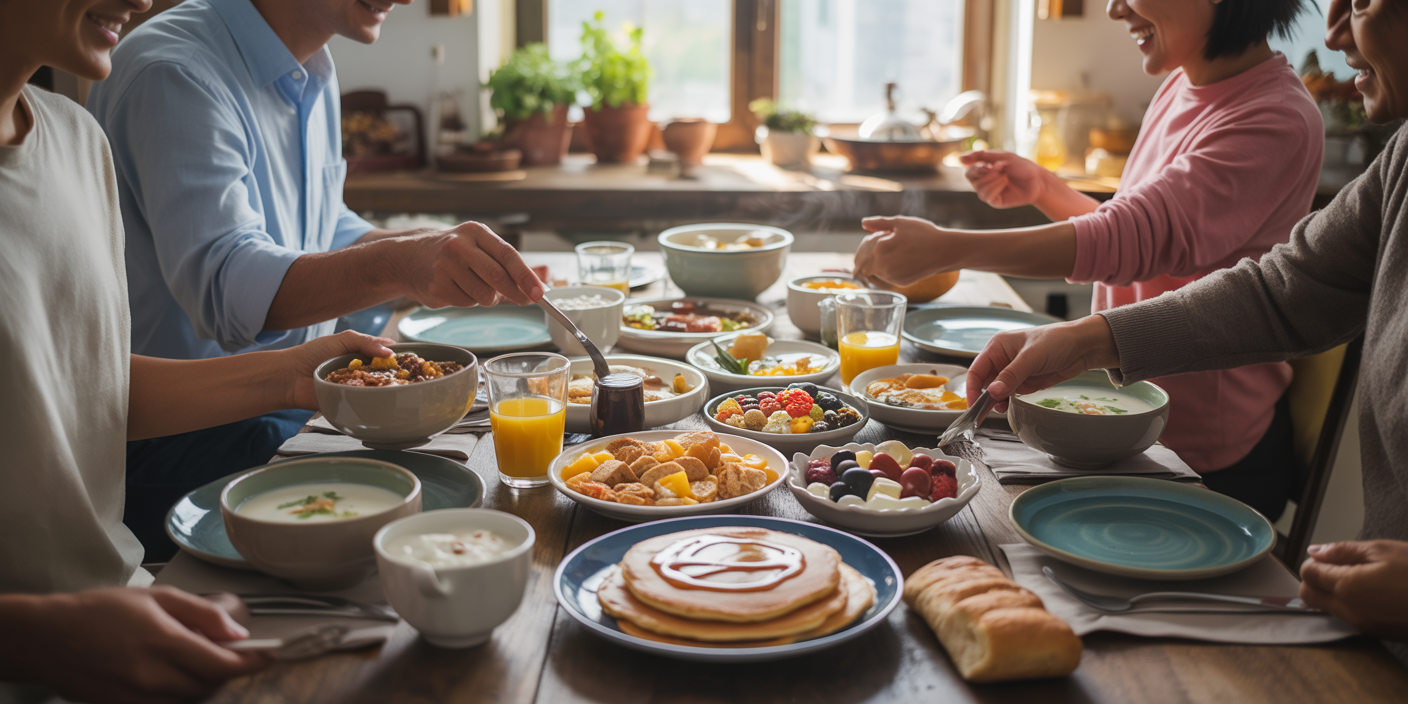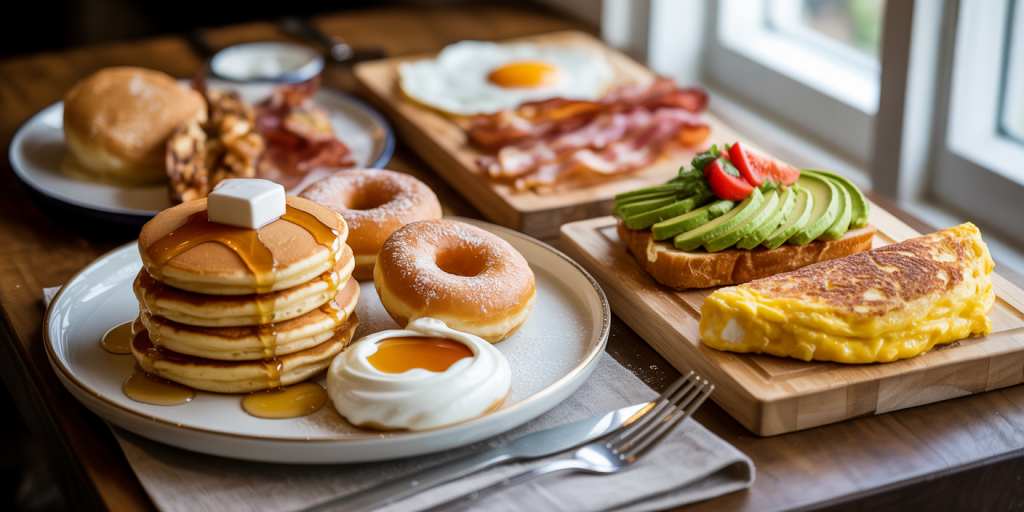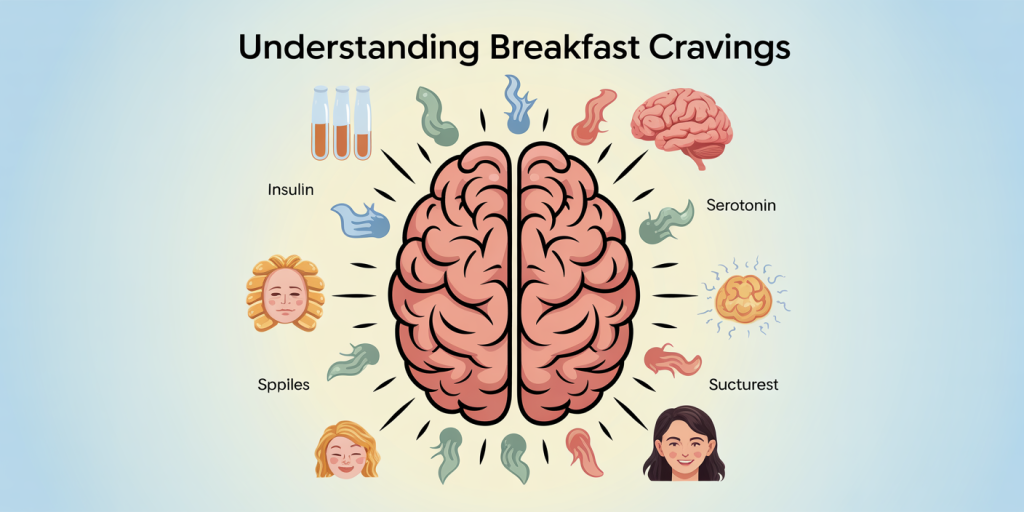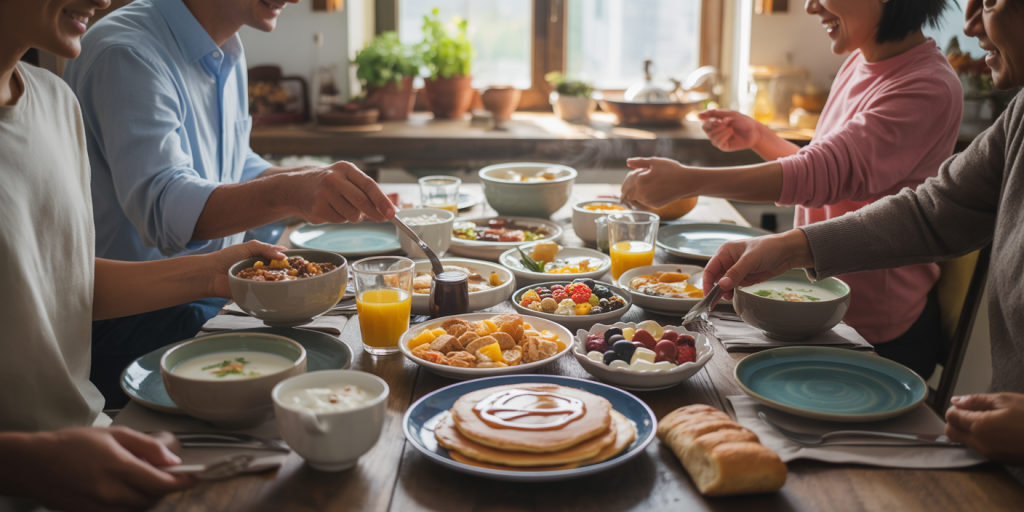In the fast-paced rhythm of modern work life, maintaining a nutritious diet can often take a backseat. Many employees find themselves relying on quick, unhealthy options such as fast food, vending machine snacks, or calorie-laden takeout. However, meal prepping healthy lunches to take to work is an effective way to break this cycle. Not only does it promote better nutrition and physical health, but it also saves time and money. According to a survey conducted by the International Food Information Council (IFIC), 64% of workers who prepare their meals in advance report higher levels of satisfaction with their diet and energy throughout the workday.
Meal prepping involves preparing meals in advance, usually in bulk, making it easier to have ready-made options that meet individual dietary preferences and goals. This article explores practical strategies and examples for healthy meal prep lunches, highlighting the benefits and offering valuable insights into optimizing lunches for work settings.
The Importance of Healthy Lunches at Work
Eating a balanced lunch plays a crucial role in maintaining productivity, focus, and overall well-being during work hours. Studies show that employees who consume nutrient-rich meals are less prone to mid-afternoon energy slumps and have better cognitive function. The Harvard School of Public Health emphasizes that balanced meals, rich in whole grains, lean proteins, fruits, and vegetables, support sustained energy release and better concentration.
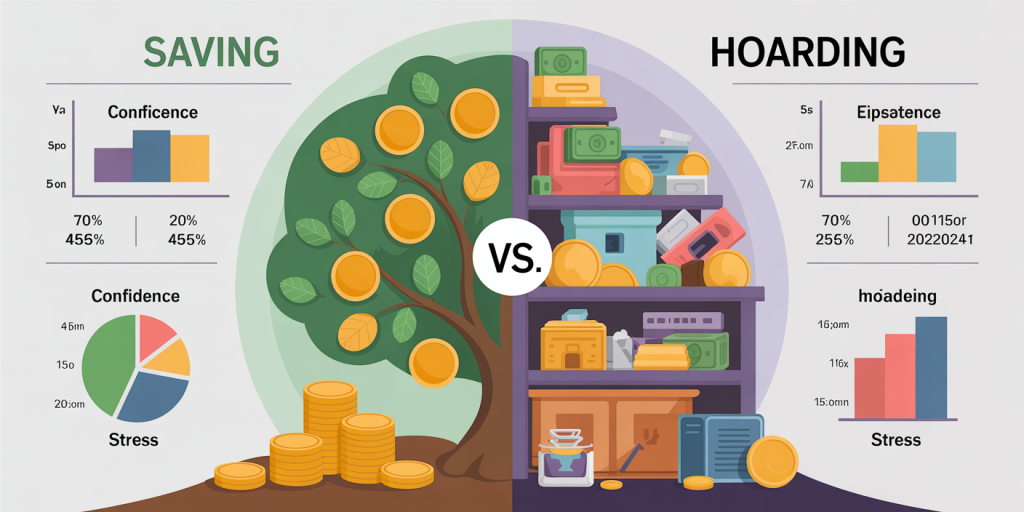
Despite this knowledge, a significant portion of the workforce opts for unhealthy meals during work hours. A report from the CDC noted that approximately 36% of working adults consume fast food on any given day, which often contains high amounts of saturated fats, sodium, and added sugars. This dietary pattern can contribute to chronic health conditions such as obesity, diabetes, and cardiovascular disease.
Packing a healthy lunch ensures control over ingredients, portion sizes, and overall quality. It empowers employees to avoid the pitfalls of workplace food environments that often favor processed and convenience items. With a focus on nutrient-dense meals, workers can fortify their diets, improve energy levels, and support long-term health.
Key Components of a Healthy Meal Prep Lunch
Creating healthy meal prep lunches starts with understanding the fundamental components that make a meal nutritious and satisfying. A well-balanced lunch should incorporate three main macronutrients: complex carbohydrates, lean protein, and healthy fats, complemented by fiber-rich vegetables and fruits.
Carbohydrates serve as the fuel for the brain and muscles. Choosing complex carbohydrates such as quinoa, brown rice, or whole grain bread ensures a steady release of energy. Proteins like grilled chicken, turkey, tofu, or legumes aid muscle repair and promote satiety, reducing the likelihood of unhealthy snacking later in the day. Healthy fats from sources like avocados, nuts, and olive oil support brain function and hormone production.
Fiber, abundant in fruits and vegetables, enhances digestive health and helps maintain blood sugar levels. Including varied colors of vegetables in lunch prep increases the intake of essential vitamins and antioxidants. For example, a meal containing roasted sweet potatoes, steamed broccoli, and mixed greens provides not only fiber but also vitamins A, C, and K.
Below is a comparative table illustrating typical contents of common lunch options and their nutritional benefits:
| Lunch Type | Calories | Protein (g) | Fiber (g) | Saturated Fat (g) | Sugar (g) | Key Nutrients |
|---|---|---|---|---|---|---|
| Fast Food Burger | 600 | 25 | 3 | 10 | 9 | Iron, Vitamin B12 |
| Store-bought Salad | 350 | 8 | 5 | 4 | 7 | Vitamin C, Folate |
| Homemade Meal Prep | 450 | 30 | 8 | 3 | 5 | Vitamin A, Magnesium, Zinc |
This comparison demonstrates how homemade meal prep lunches can provide a better balance of nutrients and often with fewer empty calories compared to fast food or prepackaged meals.
Practical Meal Prep Ideas for Work Lunches
Developing a repertoire of go-to meal prep recipes increases the likelihood of sustaining a healthy lunch habit. Here are practical examples tailored for ease of preparation, taste, and nutrition:
1. Grilled Chicken and Quinoa Bowl: Prepare grilled chicken breasts seasoned with herbs like rosemary and thyme. Pair with cooked quinoa, roasted sweet potatoes, steamed broccoli, and a small avocado slice. This bowl combines lean protein, complex carbs, fiber, and healthy fats, providing a satiating and energy-sustaining meal.
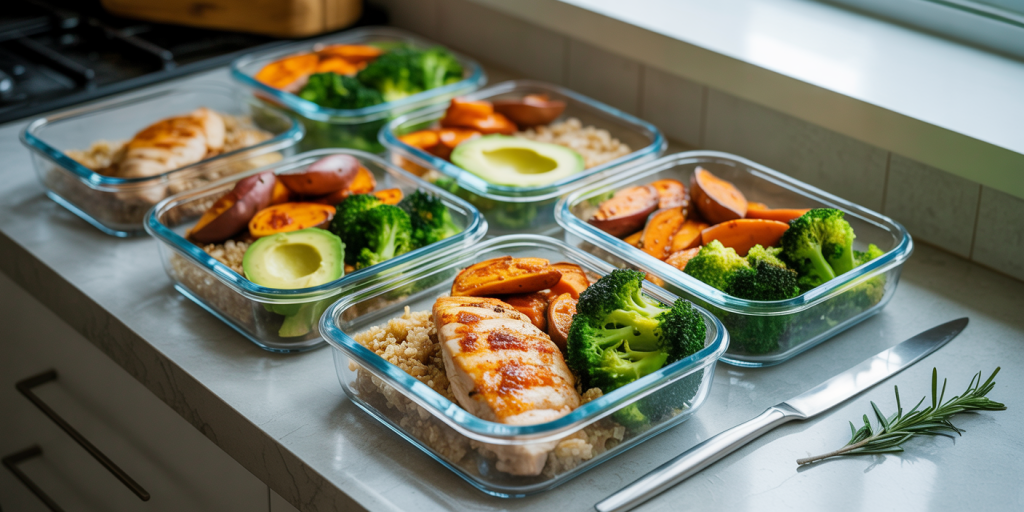
2. Chickpea and Spinach Salad: This plant-based option involves canned chickpeas, fresh spinach, cherry tomatoes, cucumbers, and a lemon-tahini dressing. Rich in protein and fiber, this salad is quick to assemble and stores well in airtight containers.
3. Turkey and Veggie Wraps: Use whole grain tortillas to wrap lean turkey slices, mixed greens, shredded carrots, and hummus. Wraps are portable and easy to eat, appealing to those who prefer handheld lunches.
4. Vegetable Stir-Fry with Tofu: Tofu cubes sautéed with bell peppers, snap peas, and mushrooms in a light soy-ginger sauce served over brown rice offer a flavorful way to incorporate plant proteins and antioxidants.
When meal prepping, allocate 1-2 hours once or twice a week to batch-cook components such as proteins, grains, and vegetables. Store meals in individual containers with clear labeling and portion controlled servings. Using airtight, BPA-free containers preserves freshness and reduces waste.
Benefits of Meal Prepping vs. Buying Lunches
The decision between meal prepping and purchasing lunches is influenced by factors such as convenience, cost, and health benefits. Analyzing the pros and cons clarifies why meal prepping holds a distinct advantage, especially for health-conscious individuals.
| Aspect | Meal Prepping | Buying Lunch |
|---|---|---|
| Cost | Lower cost per meal on average | Higher, especially with daily purchases |
| Nutritional Control | Full control over ingredients | Limited, dependent on vendor |
| Time Efficiency | Front-loaded time investment | Saves preparation time but time spent queuing/eating |
| Portion Control | Easy to regulate portions | Portions often larger or inconsistent |
| Food Quality | Fresher ingredients and variety | Varies, often processed foods |
| Environmental Impact | Reduced packaging waste | Increased single-use packaging |
Meal prepping lunches enables significant cost savings—according to a USDA report, cooking at home saves approximately $8-10 per meal compared to dining out or ordering takeout. Moreover, it encourages mindful eating by allowing tailored portions and minimizing exposure to unhealthy additives.
Employees who consistently bring homemade lunches tend to report higher satisfaction with their dietary choices, citing improved energy and mood throughout the day. This habit also mitigates the stress of lunchtime decision-making and reduces reliance on less nutritious, quick-fix options.
Overcoming Common Challenges in Meal Prepping
Despite its advantages, meal prepping presents certain challenges, such as time constraints, lack of culinary skills, or concerns about food safety. Addressing these barriers is critical to establishing a sustainable habit.
Time is frequently cited as the main barrier. However, efficient strategies like batch cooking, using slow cookers or instant pots, and simplifying meal components can reduce preparation time. For instance, roasting a large tray of assorted vegetables while cooking grains on the stovetop can generate meals for several days.
Another common concern is taste monotony. Varying seasonings, rotating core ingredients, and incorporating different textures (crunchy nuts, creamy dressings) can maintain palate interest. Seeking out multicultural recipes, such as Mediterranean grain bowls or Asian-inspired stir-fries, enriches flavor profiles.
Food safety is paramount when transporting meals. Using insulated lunch bags with ice packs helps maintain proper temperatures, preventing bacterial growth. According to the USDA, perishable meals should be refrigerated within two hours of preparation and consumed within 3-4 days.
Finally, beginner meal preppers may benefit from community support such as online forums, cooking classes, or workplace wellness programs. These resources provide inspiration, tips, and motivation to maintain healthy habits.
Future Perspectives: Technological and Nutritional Advances in Meal Prep
Looking ahead, healthy meal prep lunches are poised to benefit from ongoing technological innovations and evolving nutritional science. One promising direction is the advent of smart meal prep containers equipped with temperature regulation and freshness indicators—technology that can enhance food safety and reduce waste.

Additionally, artificial intelligence tools are emerging to assist with personalized meal planning. These systems consider individual dietary requirements, preferences, and clinical data to generate optimized meal prep menus. For example, AI-driven apps can recommend ingredient substitutions based on allergies or caloric needs, streamlining the planning process.
On the nutritional front, research into functional foods—those providing additional health benefits beyond basic nutrition—is expanding the possibilities for meal prep. Ingredients like fermented vegetables (kimchi, sauerkraut) or omega-3 rich seeds are increasingly integrated into work lunches to support gut health and reduce inflammation.
Corporate wellness initiatives are also beginning to recognize the value of encouraging employees to adopt meal prepping. Companies may offer on-site refrigerated storage, cooking demonstrations, or subsidized meal prep kits, fostering healthier workplace cultures.
Overall, as awareness regarding the link between diet, productivity, and well-being grows, healthy meal prep lunches will become a cornerstone of workplace health strategies. Combining technological innovation, education, and practical resources will empower more workers to adopt these sustainable and beneficial eating habits.
